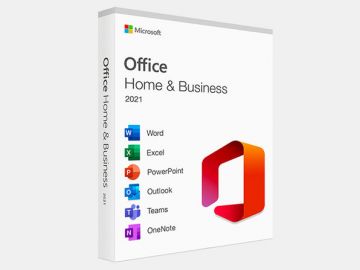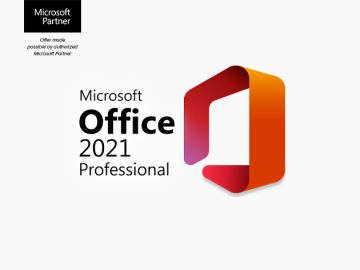Is Apple Spying on Its Employees? New Lawsuit Raises Concerns

Toggle Dark Mode
California Apple employee Amar Bhakta has filed a lawsuit against Apple for alleged labor violations. Bhakta claims that Apple suppresses employee speech and invades employee privacy by surveilling them and inspecting data in their personal iCloud accounts and non-work devices (via Semafor).
The suit, filed Sunday evening in California state court, alleges Apple employees are required to give up the right to personal privacy, and that the company says it can “engage in physical, video and electronic surveillance of them” even when they are at home and after they stop working for Apple.
Those requirements are part of a long list of Apple employment policies that the suit contends violate California law.
Bhakta was hired at Apple in July 2020 as a Digital Ad Tech/Operations Manager. According to his lawsuit, Apple’s privacy policies harm Bhakta’s employment prospects. Bhakta says the Cupertino firm forbade him from publicly speaking about digital advertising, even going so far as telling him to remove information from his LinkedIn page about his job duties at Apple. He was required to sign documents containing the Apple policies cited in the lawsuit.
For Apple employees, the Apple ecosystem is not a walled garden. It is a prison yard. A panopticon where employees, both on and off duty, are subject to Apple’s all-seeing eye.Amar Bhakta’s lawsuit against Apple
Bhakta says that Apple’s policies prevent its employees from describing their job duties, accomplishments, and professional growth on websites like LinkedIn, harming their ability to find employment with other companies.
The lawsuit also claims that Apple forbids its employees from telling anyone about the skills and knowledge they gained at Apple when working for another employer. They are also not allowed to speak with fellow workers or folks outside the company about issues they had at Apple, including harassment, discrimination, and other unfair treatment.
Apple’s rules on device usage require employees to use Apple devices, software, and services, often using their own personal Apple devices. This means internal Apple software is usually installed on employees’ devices, allowing the company to “collect and use the valuable personal data” of employees, even when they are not on the clock.
The lawsuit claims Apple forces employees to agree to physical, video, and electronic surveillance. This allows Apple to search Apple and non-Apple devices and other property whenever an employee is on “company premises.” The lawsuit claims that workers are subject to “Apple’s all-seeing eye” both on and off the clock. The Apple ecosystem is described as a “prison yard” for employees.
The lawsuit also says Apple employees are required to sign in to Apple collaboration tools with an iCloud account, which can often be a personal iCloud account. Bhakta was given the choice of using his personal iPhone or an Apple-owned iPhone for his job. When he chose to use his personal device, Apple installed an eSIM and a VPN on the device, requiring him to use his personal iCloud account to collaborate with fellow employees. He says this has forced him to continue to be an Apple customer.
While employees can use a work-owned device and a separate iCloud account only for work, the suit claims Apple “actively discourages” work-only iCloud accounts.
In a statement, Apple said it strongly disagrees with the claims in the lawsuit. “Every employee has the right to discuss their wages, hours and working conditions and this is part of our business conduct policy, which all employees are trained on annually,” it said.
The lawsuit was filed under the California Private Attorneys General Act, which allows employees to sue on behalf of the state for labor violations. It seeks damages for violations of the California Labor Code while also seeking to protect Apple’s California employees from any future violations. If the company is found liable, it could be required to pay a penalty for each violation, which would be multiplied by the number of affected employees.







